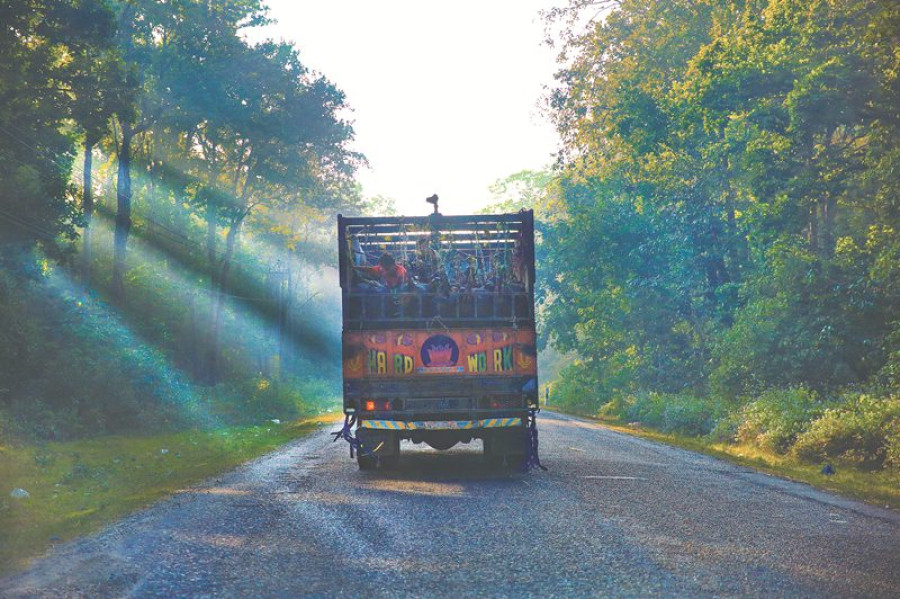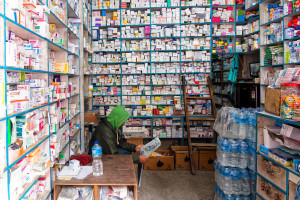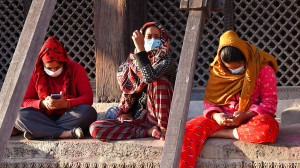Miscellaneous
A trail of tears
To satiate the demand for meat in the Valley, every day, 15 trucks full of live buffaloes make their way into the capital city. The buffaloes are mostly bought in the haat-bazaars on the Indian side of Nepal-India Border.
To satiate the demand for meat in the Valley, every day, 15 trucks full of live buffaloes make their way into the capital city. The buffaloes are mostly bought in the haat-bazaars on the Indian side of Nepal-India Border. The buffaloes are guided on foot by ranchers as India has banned vehicular transport of live animals to Nepal. Once the live goods arrive in the Nepali territory, the transporters
use` ropes to tie the heads and tails of the animals to the roofs of the truck. There is no slack in the rope, and a consequence, the buffaloes cannot sit for the entire 22-24 hour journey. No food or respite is offered to the animals throughout the journey.
And if an animal does manage to sit, the cattle handle will beat them to make them stand again. Thus, 30 buffaloes are squeezed in the trucks and brought to the Capital. However, animal transportation standards 2000 (second amendment 2007) stipulates that no more than 15 buffaloes should be ferried at a time.
During a recent investigation, conducted by a team at Sneha’s Care, an animal welfare group, it was discovered that none of the vehicles were penalised for disregarding the law. Moreover, it came to the attention of the investigators that nobody—the transporter or the officials along the highway—was really aware of the law.
The meat that comes out does not meet the quality standard of “good to eat meat.” But why does that matter? The demand for buffalo meat continues to rise unabated. I wonder if it would continue, if the consumers knew how a mo:mo actually ended on their dinner plates.












Photos and text: photographynepal.com




 10.12°C Kathmandu
10.12°C Kathmandu







%20(1).jpg&w=300&height=200)

